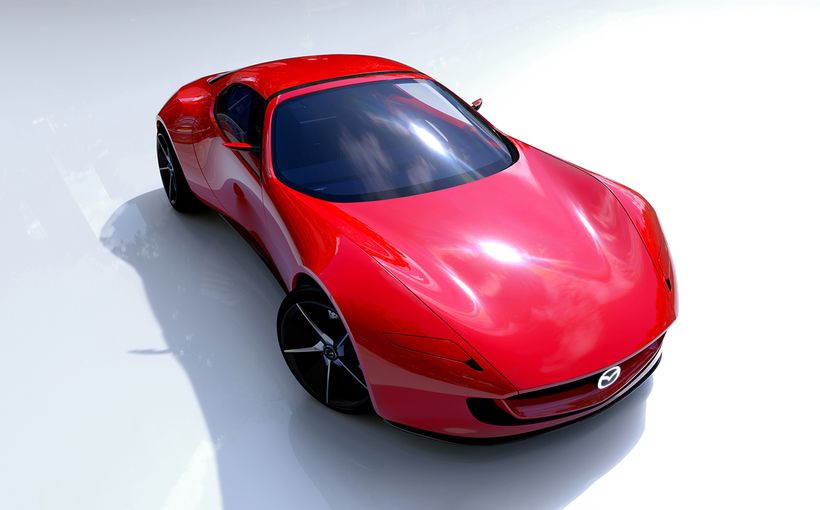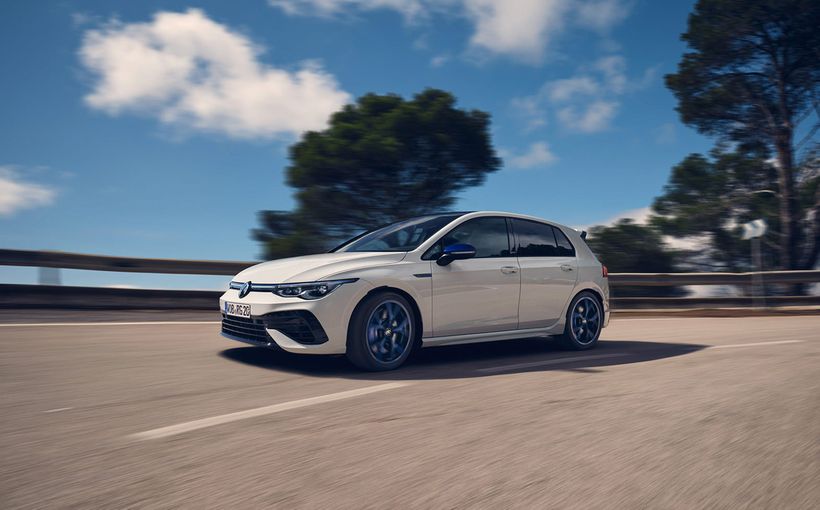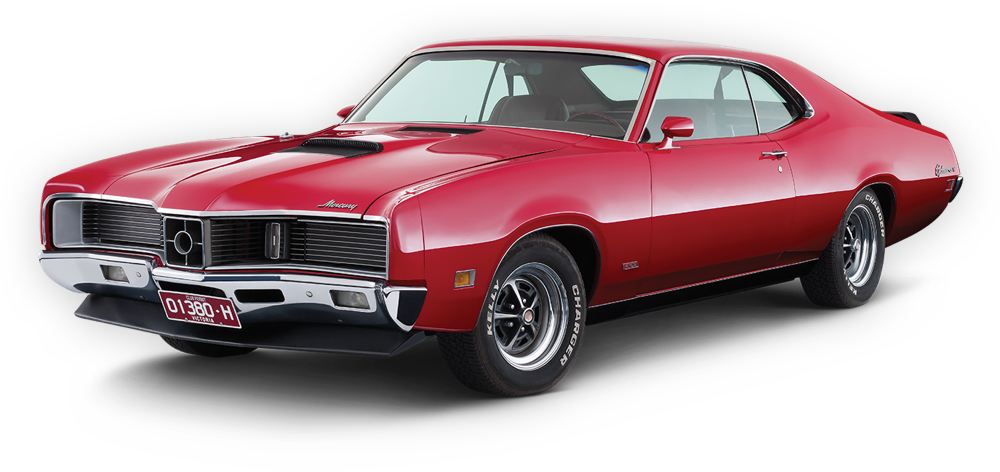Lamborghini’s Aventador SVJ crowned the new king of the ring
TRY as you might, there is no halting the progress of technology, and nowhere is this more evident than in the automotive world.
Carburettors were replaced with direct injection, turbochargers meant smaller displacement engines and the rise of new technologies such as electrification will pave the way for future vehicles to come.
For Lamborghini though, the brand isn’t quite ready to let go of the past and embrace the future, as evidenced by the “pinnacle” of the naturally aspirated V12 engine that is shoehorned into its new flagship Aventador SVJ.

If you thought the Aventador SV is impressive, well you better take a seat because the SVJ takes performance up another notch.
Powered by the same 6.5-litre free-breathing V12 as its Aventador siblings, the SVJ turns the wick up to an eye-watering 566kW of power and 720Nm of torque, the former available at a sky-high 8500rpm and the latter from 6750rpm.
For those keeping score at home, that makes the SVJ 22kW/30Nm more powerful than the ‘standard’ Aventador S and 14kW/30Nm more than the SV.

The outputs also make the SVJ one of the most powerful naturally aspirated production engines in the world, only pipped at the post by the 588kW/718Nm 6.5-litre V12-powered Ferrari 812 Superfast.
But, with power sent to all four wheels via a seven-speed single-clutch automatic transmission, the SVJ can accelerate from zero to 100km/h in just 2.8 seconds, making it 0.1s quicker than the aforementioned Fazza.
It’s not all about the engine though, as the over-the-top aero is designed purely to keep the SVJ stuck to the racetrack around corners.

The proof? Well, Lamborghini managed to lap the infamous Nurburgring in Germany in a scarily quick 6:44.97 – the quickest time for a production car and nearly a whole second faster than the previous Nio EP9 record holder.
To put that into perspective, the SVJ can lap the circuit quicker than a Porsche 911 GT2 RS (6:47.25), Pagani Zonda R (6:47.50) and Nissan GT-R Nismo (7:08.68), as well as road illegal race cars such as the Radical SR8 LM (6:48.28) and Ferrari 599XX (6:58.16).
Key to its aerodynamic efficiency is its massive, eye-catching rear spoiler with the brand’s Aeroinamica Lamborghini Attiva (ALA) 2.0 tecnhnology that can open and close flaps in as little as half a second for maximum dynamic ability.

A wider front bumper also means a bigger front splitter and racecar-inspired side fins, while air inlets on the hood and sides are bigger to help channel more cool air into key componentry.
If that wasn’t enough, a sleeker underbody design and larger rear diffuser is also thrown in for good measure, and with so much downforce over the rear axle, Lamborghini has seen fit to increase torque to the rear wheels by three per cent.
Keeping contact with the road are Pirelli P Zero Corsa tyres which can be optioned up to super-sticky P Zero Trofeo R rubber, which work in conjunction with carbon-ceramic brakes to scrub speed off the SVJ.

Lamborghini’s usual four driving modes are on offer – Strada, Sport, Corsa and Ego – but the interior is a stripped-out affair with features such as an infotainment system and satellite navigation relegated to the options list.
With only 900 examples to be produced worldwide, exclusivity – as well as ballistic on-track performance – will be key to the SVJ’s appeal.
Lamborghini’s newest flagship will even be offered in Australia, but local allocation numbers are yet to be determined, and each buyer will be forking out a bank-breaking $949,640 before on-roads.

However, this isn’t the first time Lamborghini has taken the Aventador as a base to produce a vehicle with even higher levels of performance.
At the 2016 Geneva motor show, the Italian supercar-builder revealed the Centenario limited-run model to celebrate the 100th birthday of Lamborghini’s founder.
With the same 2.8s 0-100km/h acceleration time as the SVJ, the Centenario made use of a 566kW/690Nm version of the 6.5-litre V12.

To celebrate the company’s 50th anniversary in 2013 though, Lamborghini produced just five coupe examples and nine roadster versions of the wild-looking Veneno.
Powered by the same 6.5-litre V12 as the Aventador, the Veneno outputs 552kW/690Nm for a triple-digit sprint time of 2.8s.
The new SVJ doesn’t let its predecessors down in terms of performance and over-the-top looks, but as what could Lamborghini’s final atmo V12 before electrification kicks in, it could be the last of a dying breed.
Protect your Lamborghini. Call Shannons Insurance on 13 46 46 to get a quote today.










